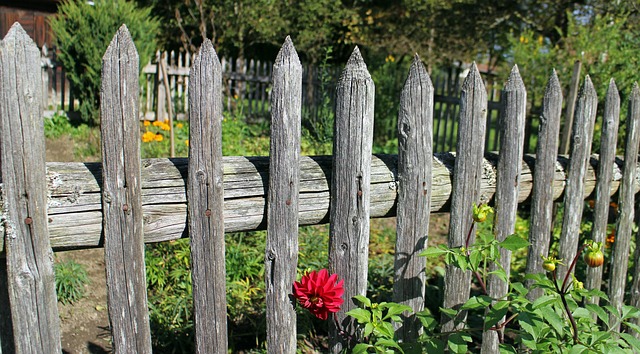In New Bedford, a well-maintained fence is not just about property boundaries; it enhances curb appeal and security. However, fences often face common issues like rot, damage from storms, or animal intrusions. This article guides homeowners through the intricacies of New Bedford fence repair and installation. We explore materials, from traditional wood to durable vinyl, offering a step-by-step installation process and effective repair techniques for various damages. Additionally, we emphasize maintenance tips to ensure your fence remains not just functional but also aesthetically pleasing.
- Understanding Common Fence Issues in New Bedford
- Choosing the Right Fencing Material for Your Property
- The Installation Process: Step-by-Step Guide
- Repair Techniques for Different Fence Damages
- Maintaining Your Fence for Longevity and Aesthetics
Understanding Common Fence Issues in New Bedford
Fences in New Bedford, like anywhere, face a variety of challenges due to environmental factors and regular wear and tear. Common issues include rot, especially in areas with high moisture content or poor drainage, caused by using wood not treated for outdoor use. Another frequent problem is damaged or missing panels, often the result of strong winds or careless animals. Post-installation, proper maintenance can be overlooked, leading to rusted hardware and paint peeling, both of which weaken the fence structure. Moreover, settlement issues can occur over time due to changes in soil conditions, affecting the stability of the fence. Understanding these common problems is crucial for homeowners and property managers looking to invest in fence repair or installation services.
Choosing the Right Fencing Material for Your Property
When it comes to fencing, selecting the ideal material is a crucial first step in any repair or installation project. The right fence can enhance your property’s aesthetics, provide security, and stand the test of time. For residents in New Bedford, several options are available that cater to different preferences, budgets, and needs.
Wooden fences, for instance, offer a classic charm and can be painted or stained to match any style. They require regular maintenance but provide excellent privacy. Alternatively, vinyl fencing is low-maintenance, durable, and offers a wide range of colors and designs, making it an attractive choice for those seeking versatility. Metal fences, such as steel or aluminum, are known for their strength and longevity, often featuring intricate designs that add a touch of elegance to any property. Each material has its advantages, and choosing the best depends on personal taste, budget, and the specific requirements of your New Bedford property.
The Installation Process: Step-by-Step Guide
The fence installation process begins with a thorough site evaluation to ensure proper preparation. This involves assessing the terrain, measuring the perimeter, and identifying any unique challenges or specific requirements for the fence design. Once approved, the first step is to clear the area, removing any debris or existing structures that might interfere with construction.
Next, the team lays out the fence line using string or other marking tools to ensure straight and consistent alignment. Post holes are then dug at predetermined intervals, usually every 6-8 feet, using heavy equipment for precision. The holes are lined with concrete to provide a solid foundation, allowing the posts to withstand weather conditions and support the entire fence structure effectively.
Repair Techniques for Different Fence Damages
When it comes to fence repair, understanding the techniques specific to different types of damages is key. For example, a broken or missing picket can often be replaced with a new one that matches the existing style and color. This straightforward process involves removing the old picket, measuring the space, installing the new picket, and securing it in place with nails or screws.
For more extensive damage like a bent or rot-affected post, replacement might be necessary. This entails removing the damaged post, measuring the remaining fence line, ordering a new post of the same specifications, digging a hole for the new post, setting it in place, and ensuring stability before filling the hole. In cases where the fence has significant structural issues, reinforcing techniques such as adding steel braces can be employed to stabilize the structure while considering long-term solutions like complete replacement.
Maintaining Your Fence for Longevity and Aesthetics
Regular maintenance is key to keeping your fence in top condition, ensuring both its longevity and aesthetic appeal. A well-maintained fence can serve you for many years, providing security and enhancing the beauty of your property. Start by cleaning the fence regularly to remove dirt, debris, and any plant growth. Use a soft brush or pressure washer to thoroughly clean the surface without causing damage.
Inspecting your fence for any signs of wear, rot, or damage is another vital step. Repair or replace any damaged sections promptly to prevent further deterioration. Regular painting or sealing can also protect your fence from the elements, keeping it looking fresh and new for longer. This simple routine will not only preserve the structural integrity of your fence but also maintain its visual appeal, adding value to your property.
